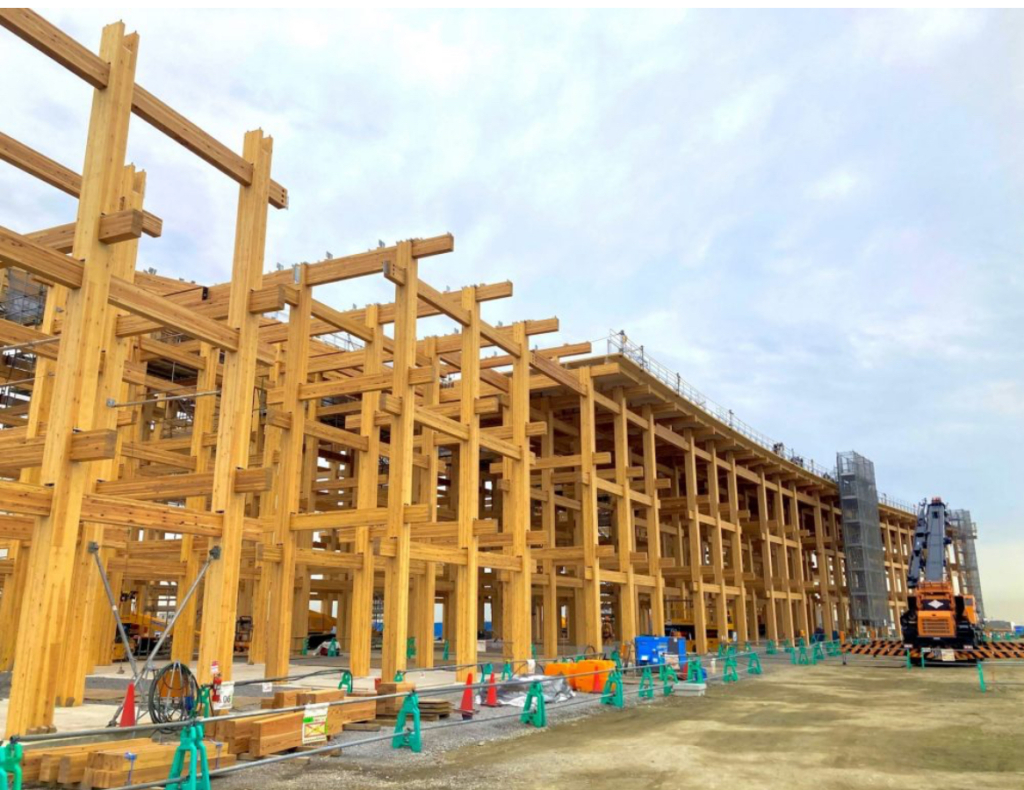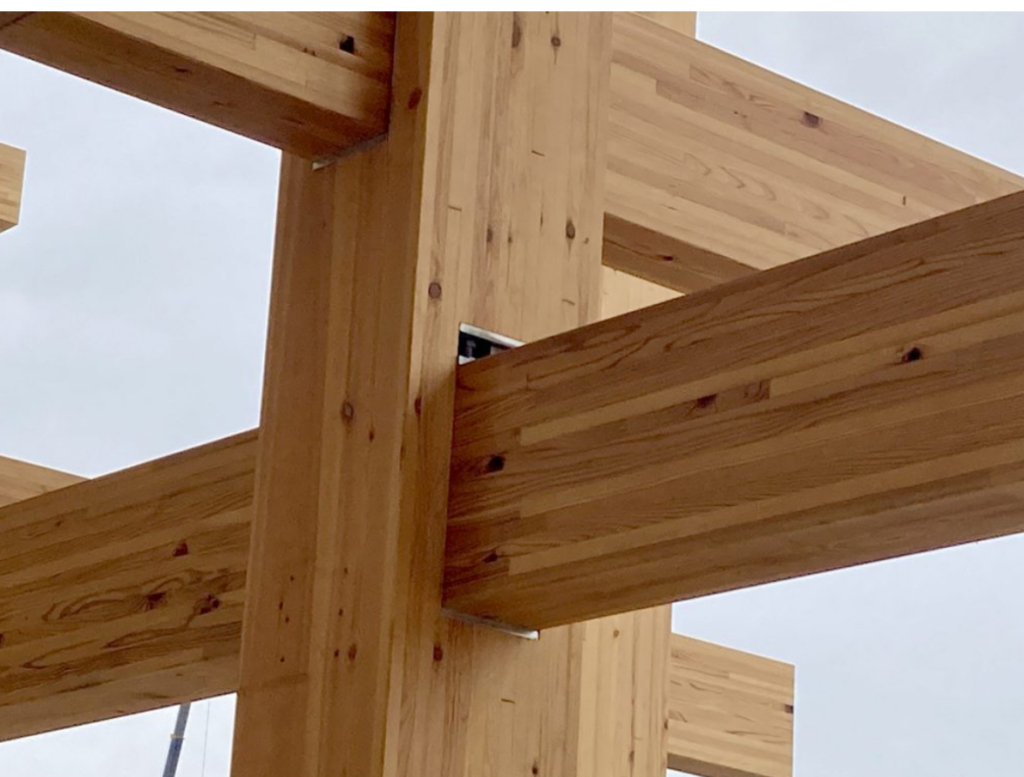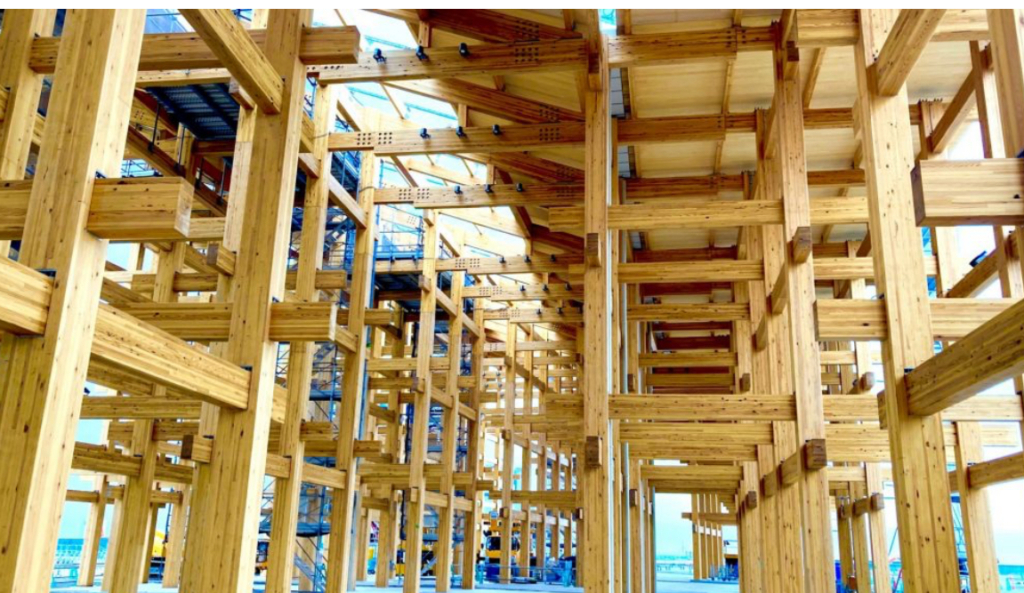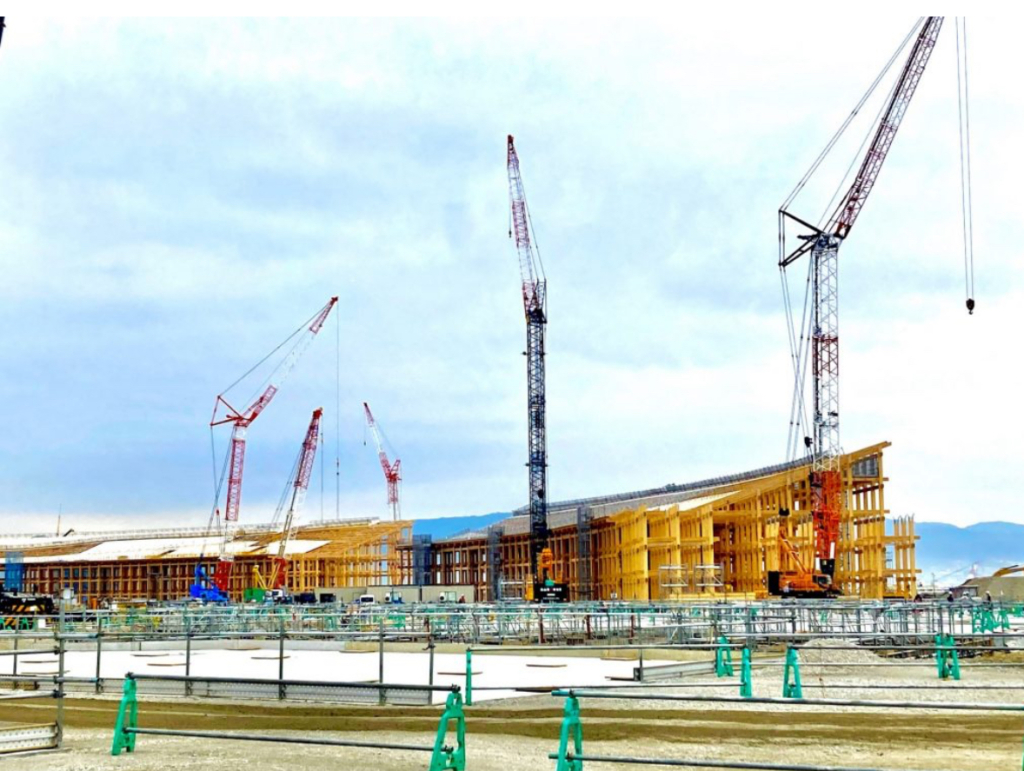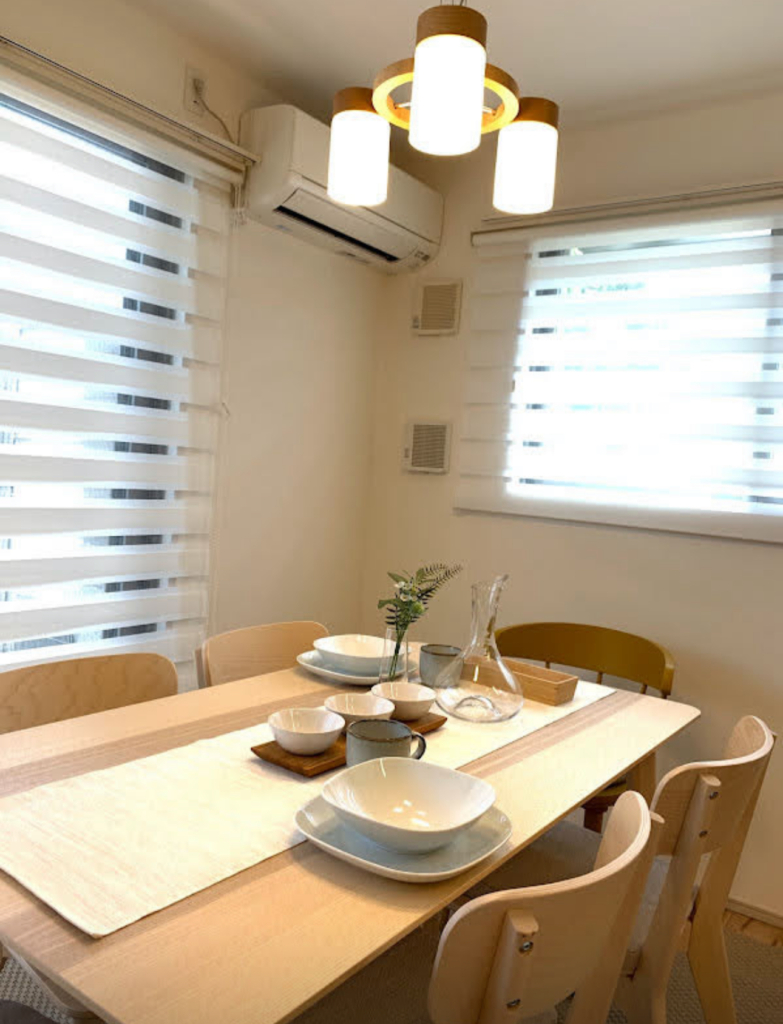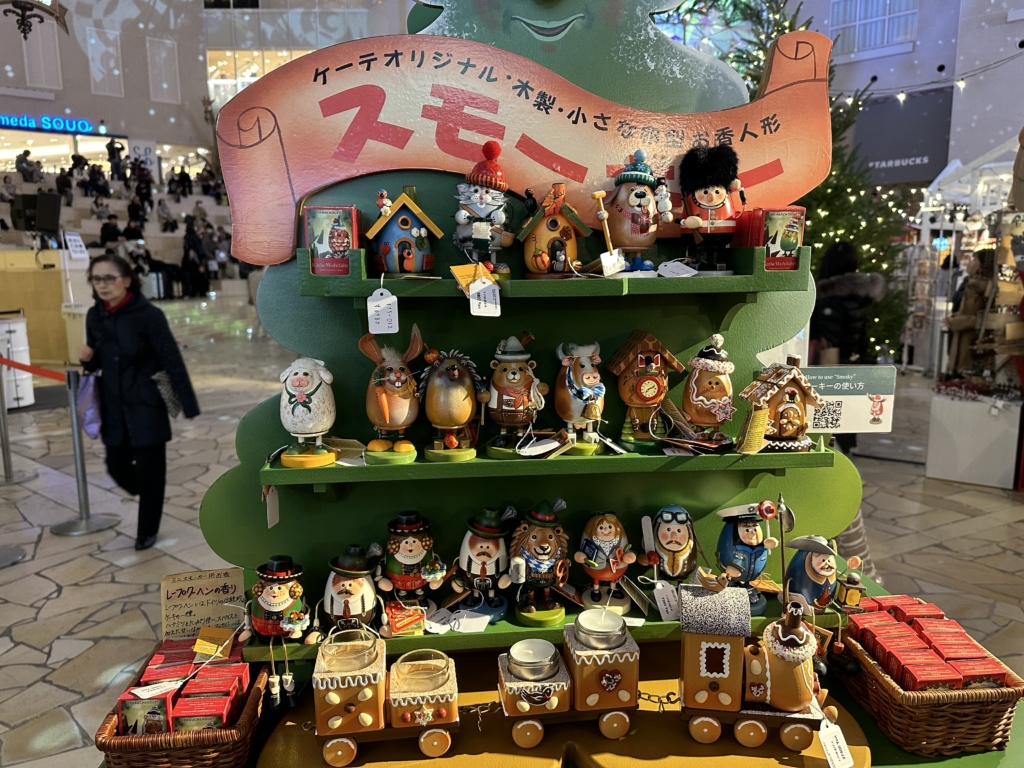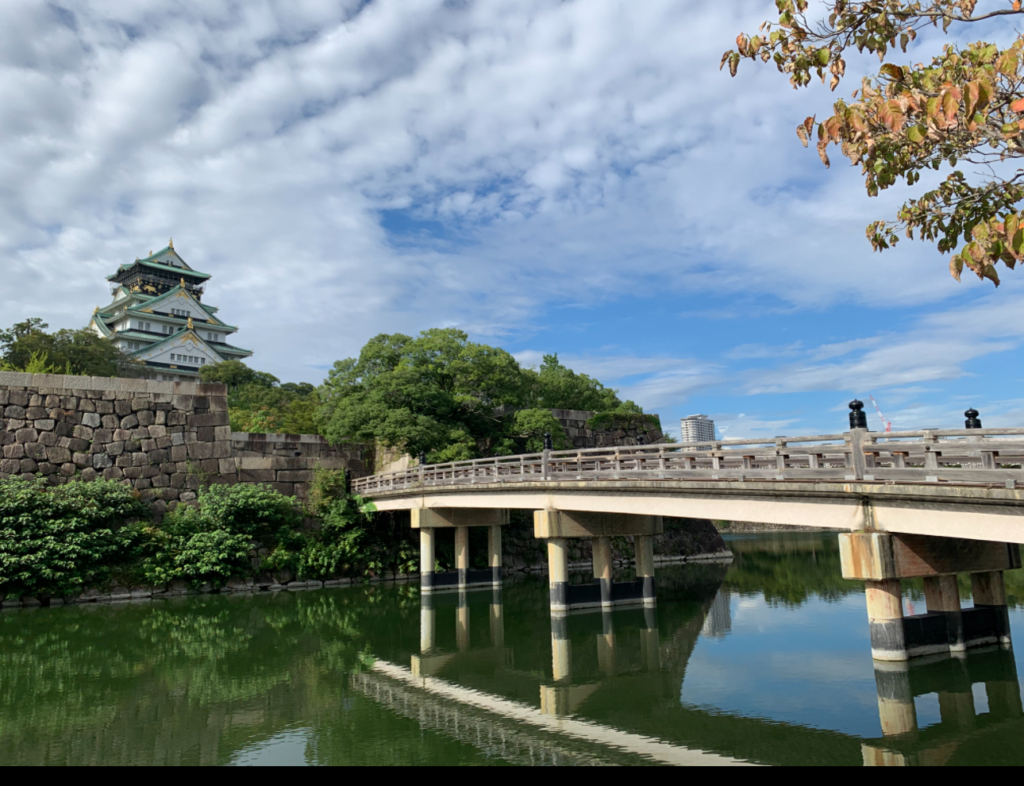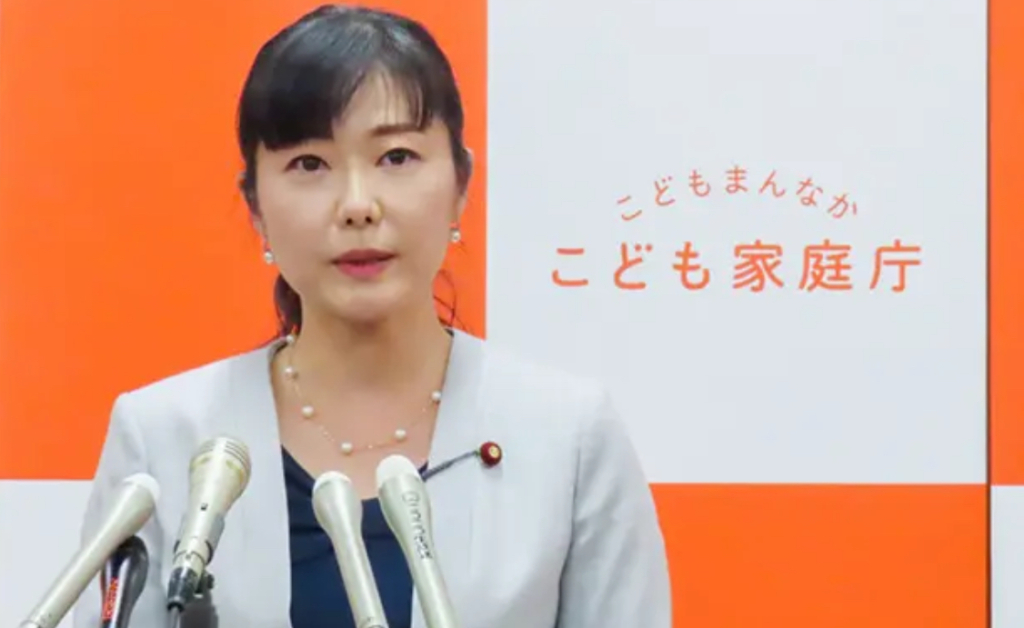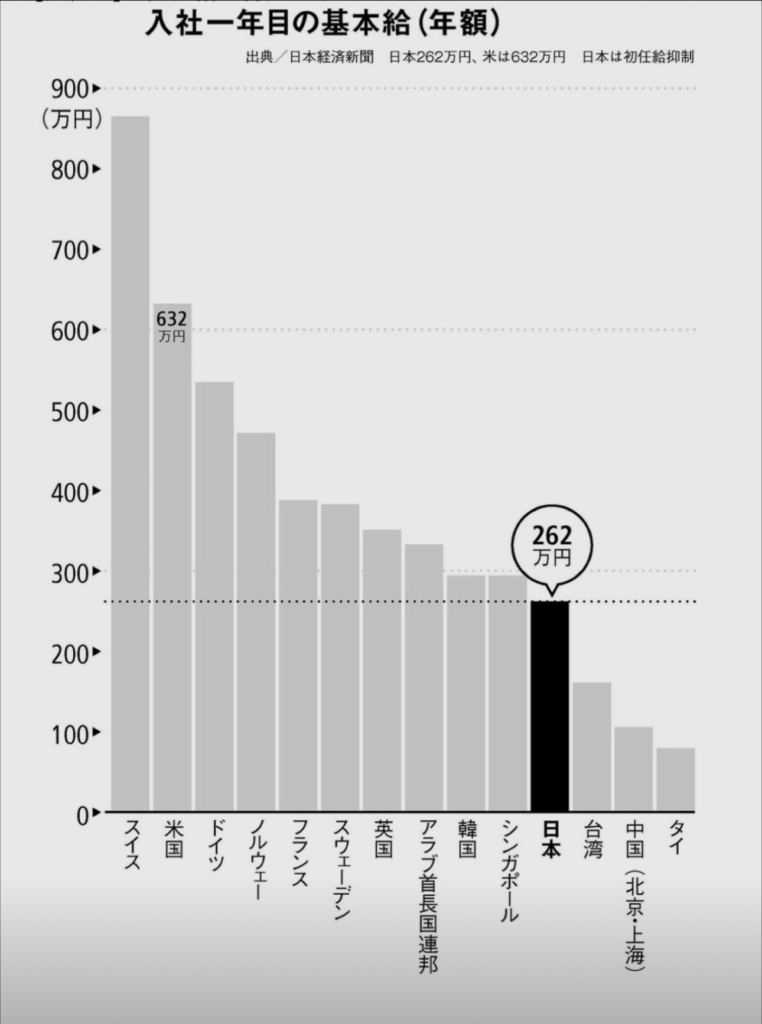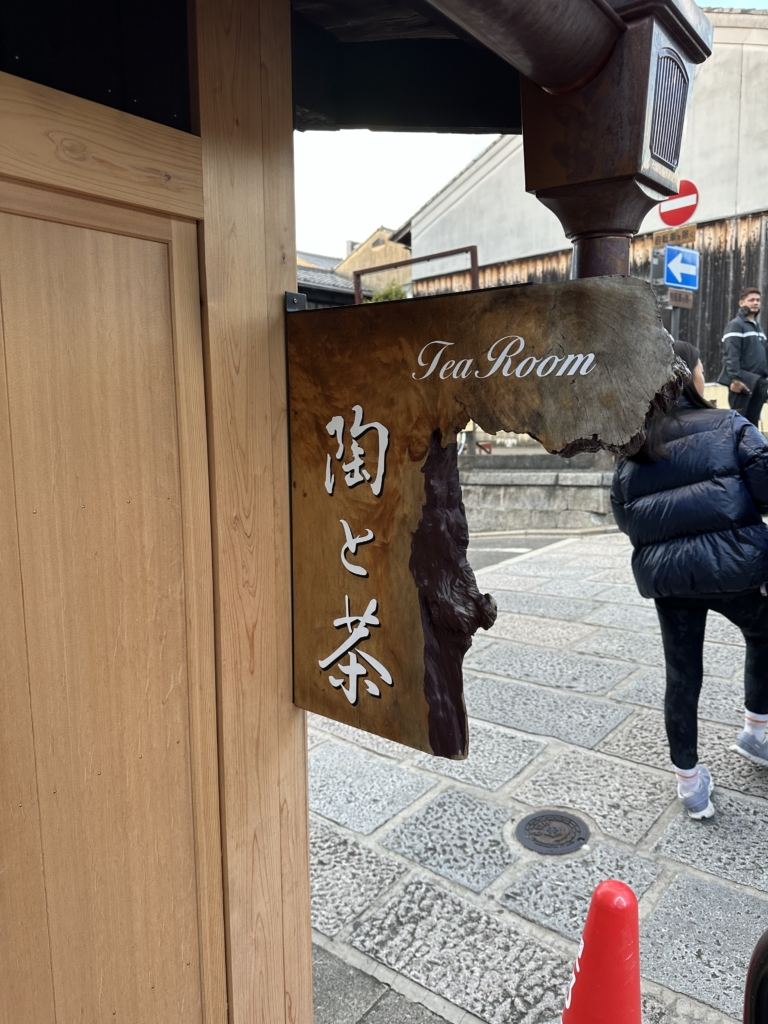
Today, while exploring the historic slopes of Sannenzaka near Kyoto’s Kiyomizu-dera Temple, I captured this charming sight.
Japanese timber, as seen here in the signage of a local tea shop, possesses a unique allure. It radiates a sense of vitality and tranquility, inviting passersby to pause and enjoy a relaxing cup of tea.
This particular sign, crafted through DIY efforts, showcases the cost-effectiveness of using natural materials over store-bought options. Its aesthetic appeal not only catches the eye but also tempts visitors to step in for a refreshing break.
Today, the streets of Kyoto were bustling with tourists from all around the world, drawn in part by the undeniable charm of Japanese woodcraft.
The seamless blend of tradition and nature in woodworking and architecture captures the hearts of visitors globally, making Kyoto’s cultural streetscape a cherished destination.
#JapaneseTimber #KyotoTravel #TraditionalCrafts #Woodworking #CulturalHeritage #DIYProjects #SustainableDesign #TourismJapan #KiyomizuTemple #ArtisanalCharm
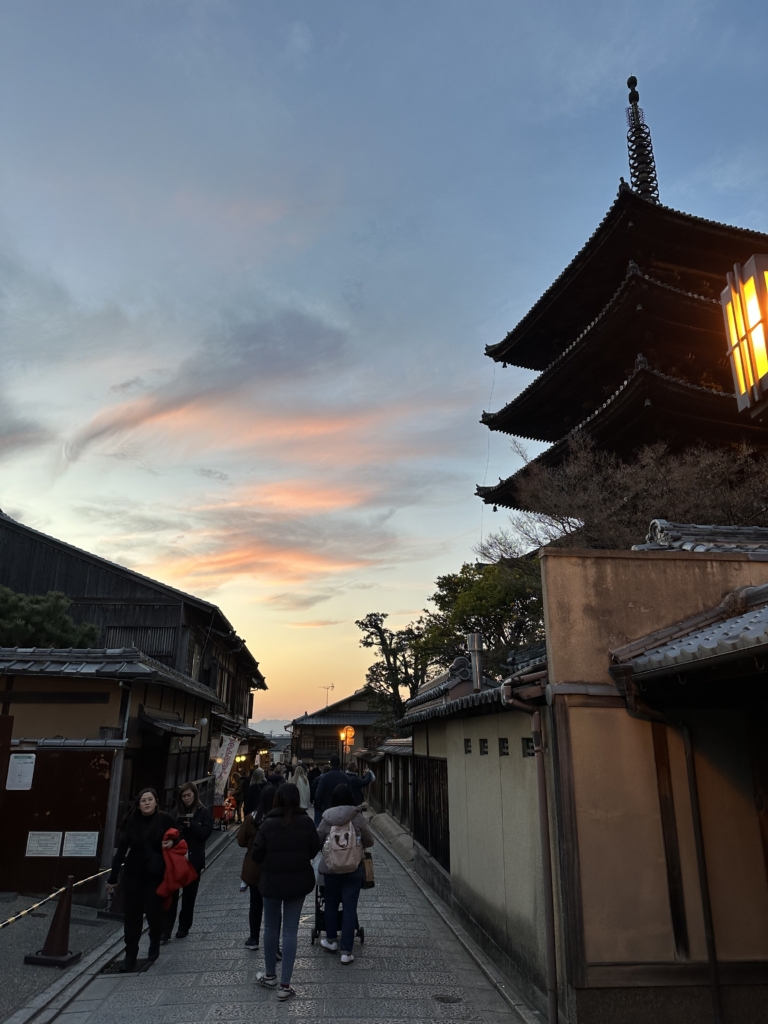

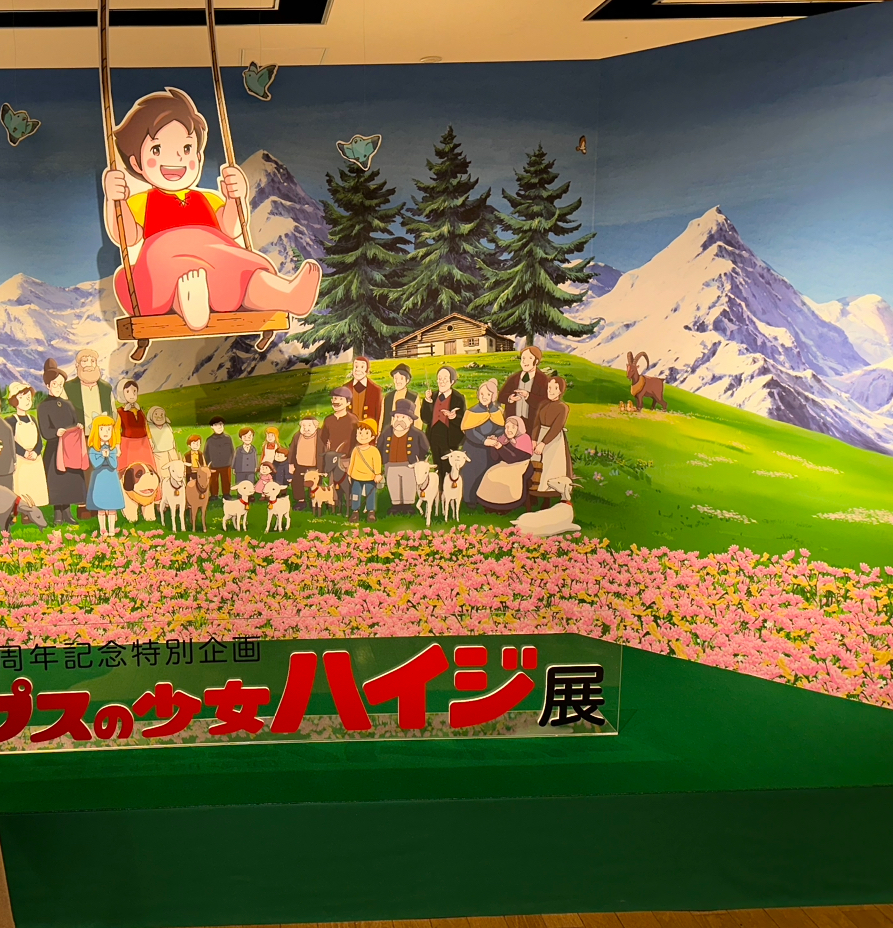
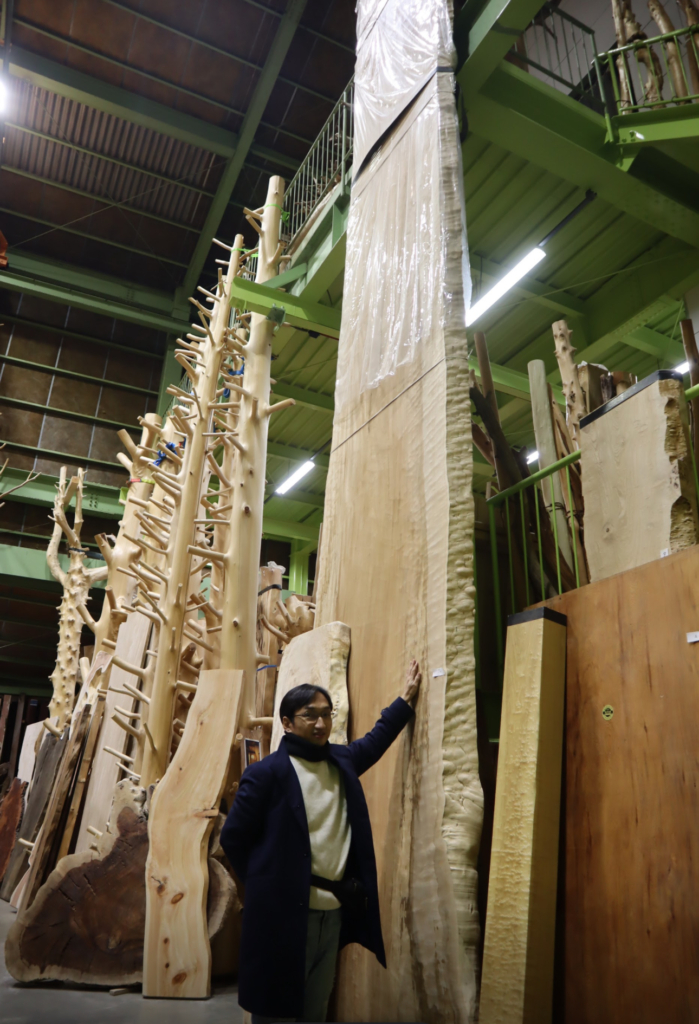
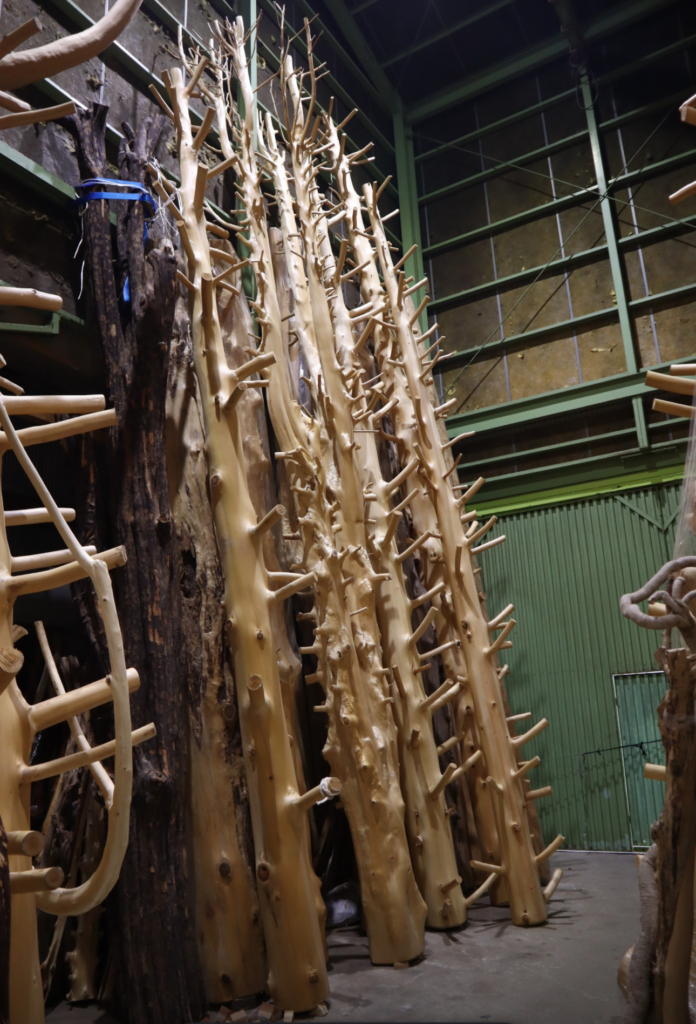
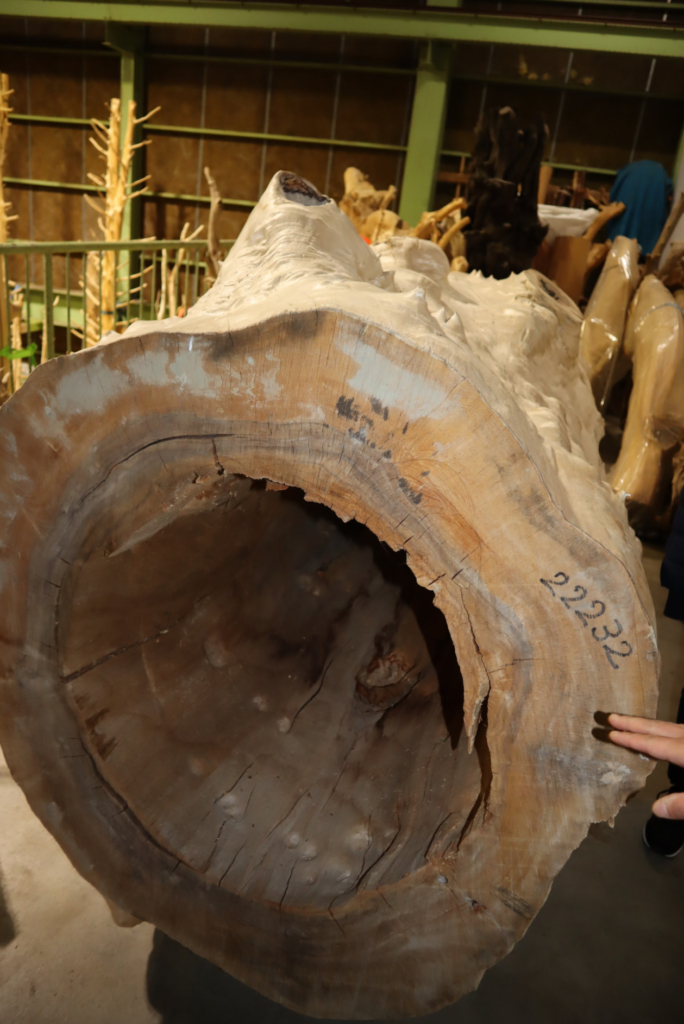
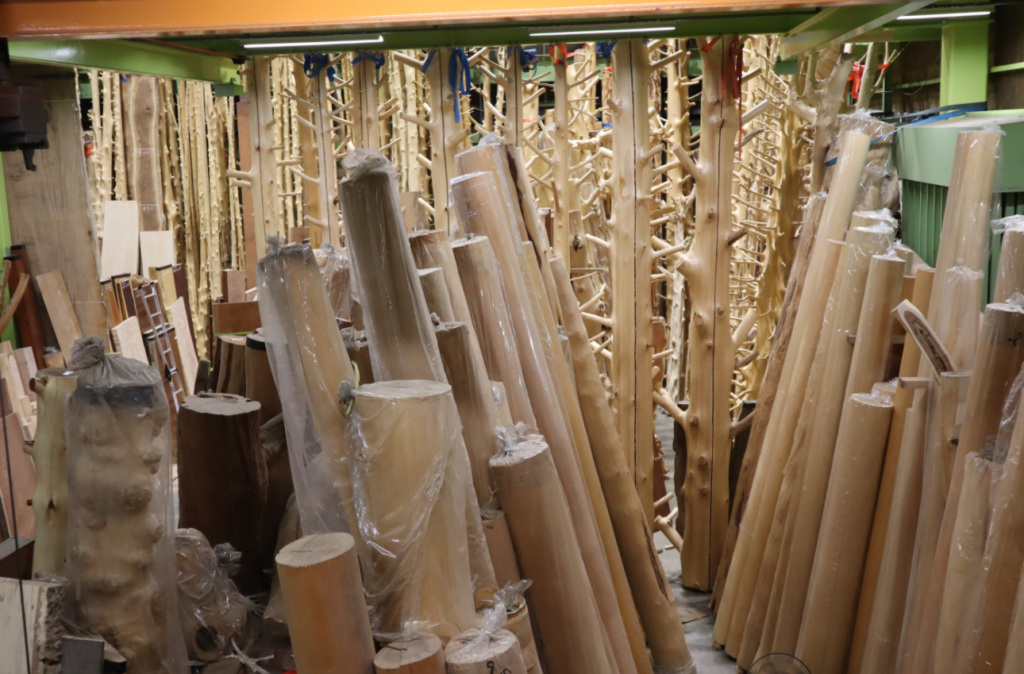

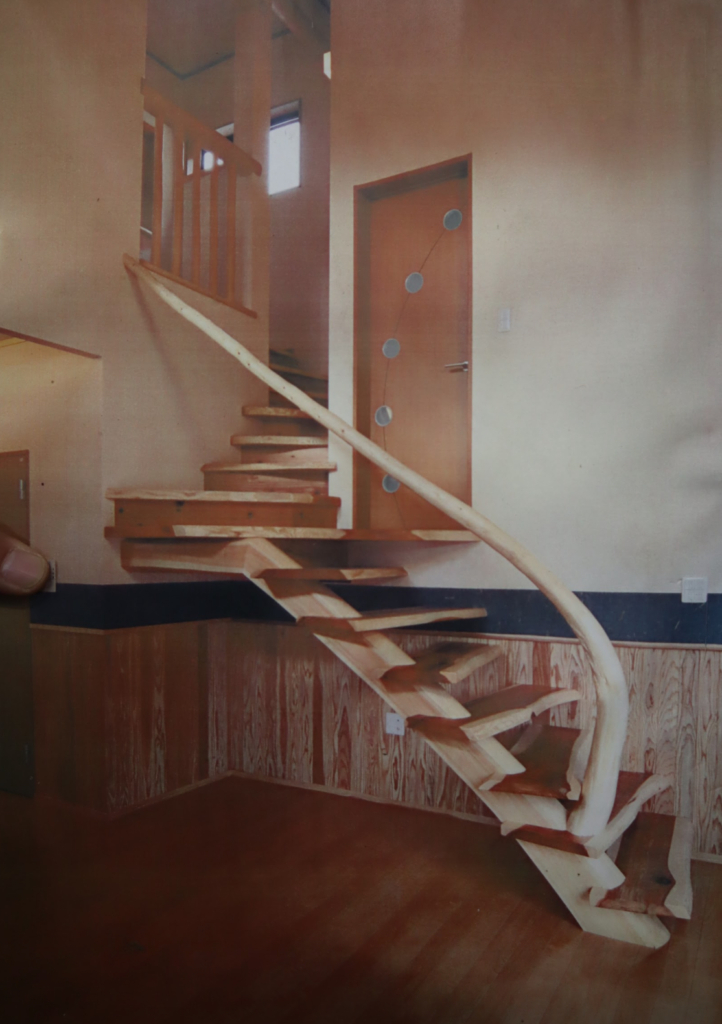
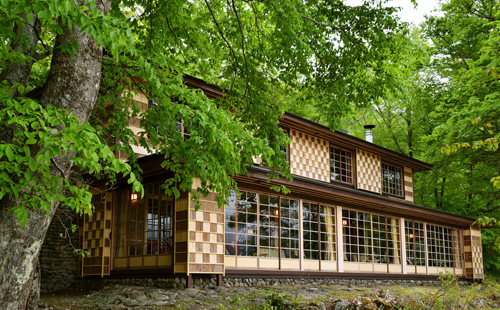
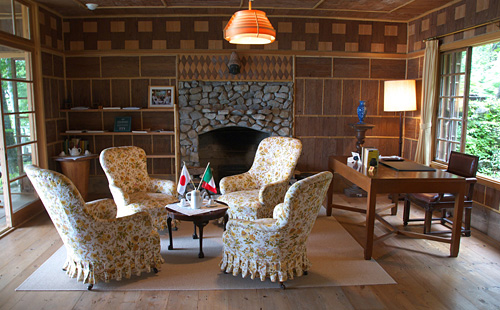
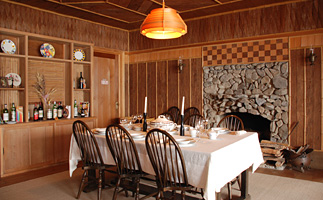 #JapaneseForests #WoodworkCraftsmanship #EcoFriendlyLiving #ExpatLifeInJapan #HeritageConservation #InteriorDesign #WoodenWonder #LivingWithNature #OsakaLiving #GreenFuture #GlobalTreasures
#JapaneseForests #WoodworkCraftsmanship #EcoFriendlyLiving #ExpatLifeInJapan #HeritageConservation #InteriorDesign #WoodenWonder #LivingWithNature #OsakaLiving #GreenFuture #GlobalTreasures